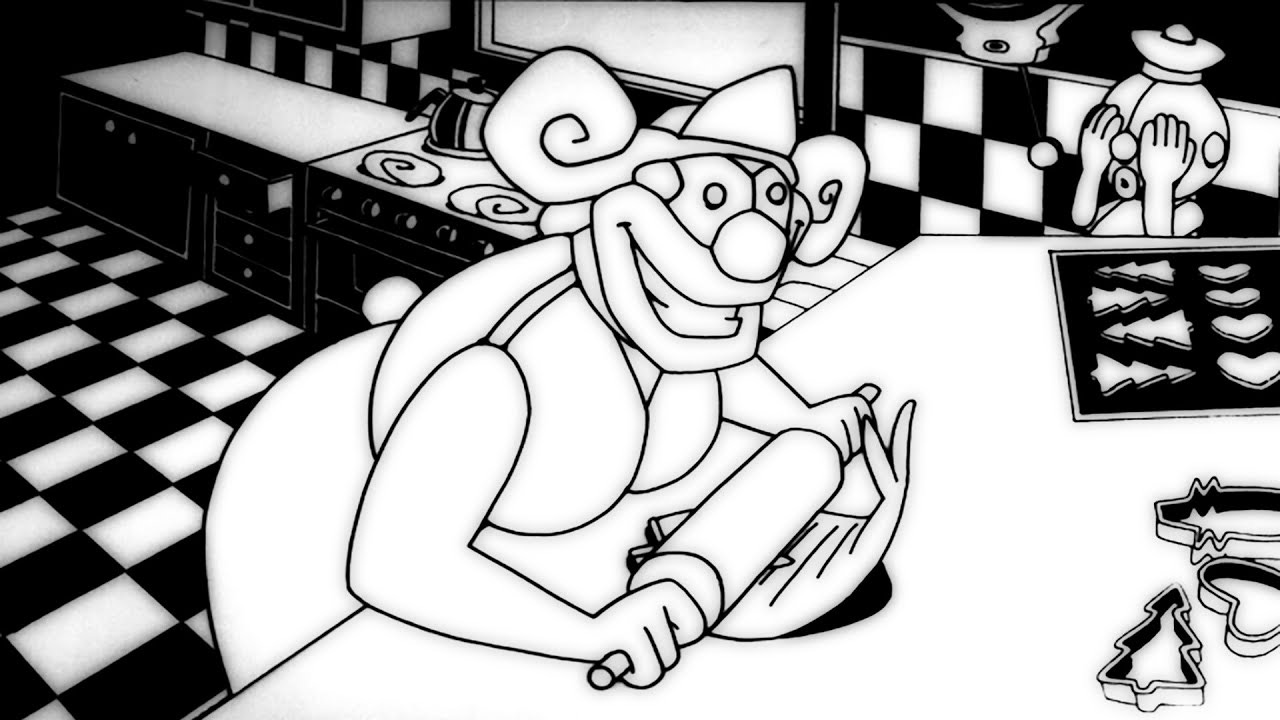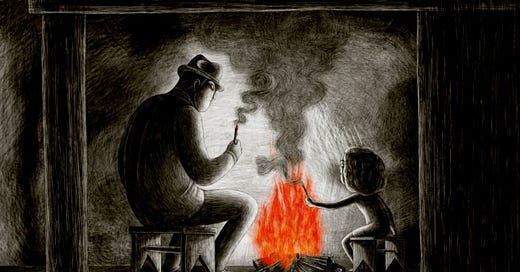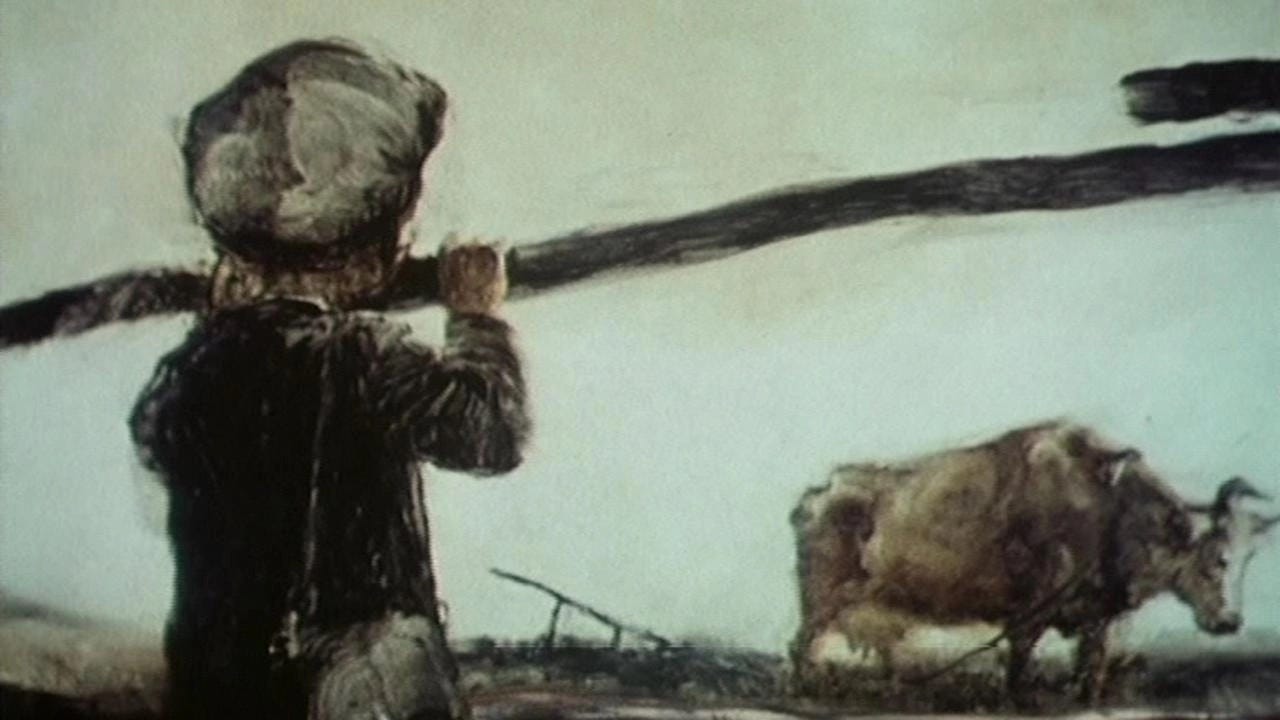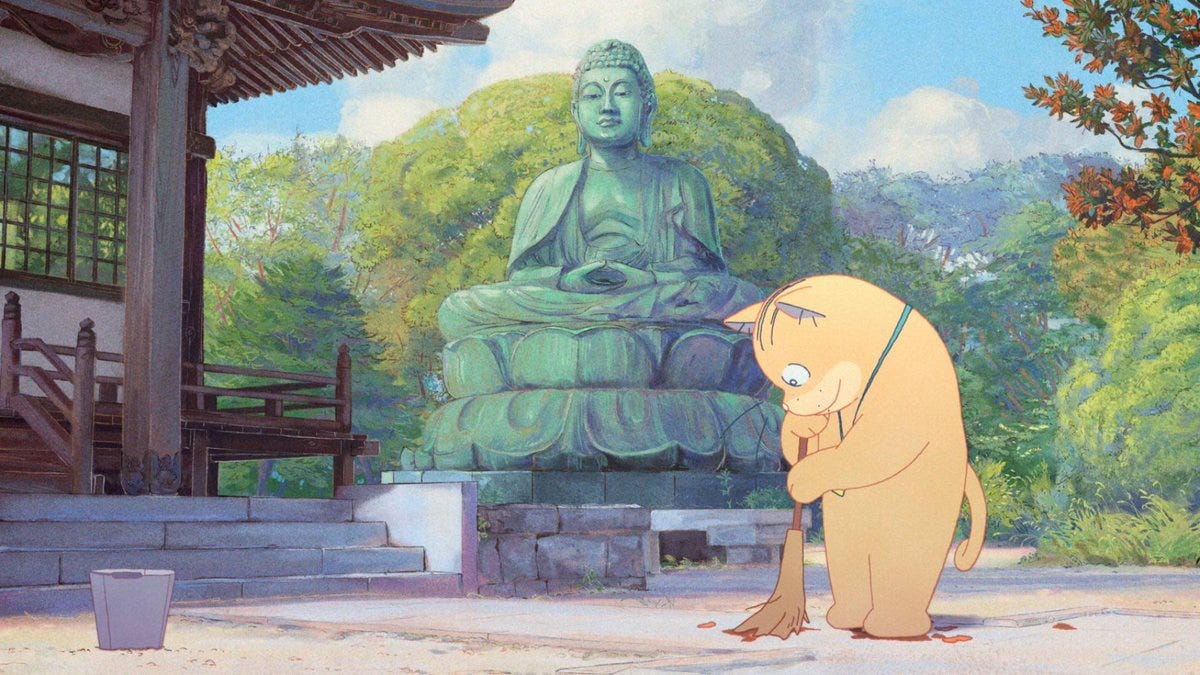Happy new year—and welcome to Move Madly, a brand-new Substack in which I will write about the teeming world of animation.
Many working in animation have, at some point or other, expressed surprise at the career they’ve ended up in: “I didn’t know this existed; I loved drawing as a kid, but I’d never thought you could get paid for it,” and so on. At times, I’ve had much the same feeling as I’ve trodden around an outpost of this world: writing on animation.
The realisation that some do this for a living dawned on me slowly. The son of an animation filmmaker, I’d seen more than my share of animated films as a child: a family holiday might involve a trip to a remote French town to watch enigmatic Soviet shorts for a few days at a festival. (The austere mud-brown canvases of Aleksandr Petrov’s beautiful The Cow have hung on my memory ever since.) And so I grew up with a basic curiosity about animation. I met people who directed films. But journalists and scholars, not so much.
A decade ago, at the start of my professional life, I was working at Time Out in London when I caught wind of a project from the film desk: the editors were planning one of their periodic polls of the greatest feature films in a given category, and this time the subject would be animation.
Inviting myself to their meetings, I argued that shorts are crucial to the history and art of animated cinema—more so than in live action—and should be represented somehow. I remember the little thrill of conspiratorial sympathy as one of the editors and I realised we both liked Norman McLaren, the great experimental filmmaker whose name will sprout up like a flower throughout my future posts. To my surprise, I was tasked with compiling and writing a listicle of the 30 greatest animated shorts of all time.
The result is naively written and I would make different choices today, but the process was fun, and for the first time I thought of writing on animation as work. I saw how much space there was here for a would-be critic: instead of forever honing angles on the latest releases, I could pitch something as broad as “a piece on animated shorts” and have it accepted, because these films weren’t getting much attention at all. I started writing for the likes of Sight & Sound, and soon discovered that there exist publications—mostly websites—dedicated to animation journalism. By 2019, I was an editor at one of them: Cartoon Brew. I could hardly believe that this was now my bread and butter.

The emphasis at Cartoon Brew was on industry reporting, spiced with occasional interviews and opinion pieces, and enlivened by feisty comment sections (many readers work in animation). Until then, with my auteur bias, I’d mostly thought about animated films in terms of their directors; now I was speaking to storyboarders, compositors, model makers, production workers, distributors and others, and coming to better understand the dizzying collective endeavour that is animation work.
I left Cartoon Brew two years ago. My time spent observing the industry from up close had left me wanting to try my hand at production. Having seen how the sausage is made, I was keen to get my hands dirty.
In my case, we’re talking about a kind of rare saucisson: my first long-term job in the industry proper has been at France’s Miyu Productions, whose films tend toward experimentation in visual approach, narrative structure or otherwise. I’ve been working as a production manager on the upcoming Ghost Cat Anzu, a feature made with Japan in an unusual co-production set-up. The work has been fascinating, and has things in common with criticism. More on that another time.
With the project wrapping up soon, I find myself drawn back to writing and struck again by a jarring fact: animation production is booming, but media coverage has not caught up. Those looking for industry news will find it: other than Cartoon Brew, there is Animation Magazine, Animation World Network, Catsuka (which keeps track of striking upcoming works from around the world) and others, and generalist trades like Variety are paying more attention than before. But reporting remains patchy in comparison with, say, live-action cinema.
More than that, animation criticism remains underdeveloped, at least in the Anglophone world. There is excellent work out there, much of it done outside establishment media: websites like TV Tropes, podcasts like Skwigly’s, video essays on YouTube and Vimeo, and Substack’s own Animation Obsessive, which weaves sensitive analysis into its history essays. Many film and TV critics write beautifully and insightfully about works of animation.
But what I find lacking is a joined-up, wide-ranging critical effort (especially outside academia) to form and debate canons, to weave links between works across history, to dig past what cinemas and streaming platforms present to us and appraise lesser-known stuff, and to look beyond films and series at what else animation is doing and may do soon. To stay with film: what I want is for Regina Pessoa, Yuri Norstein, Naoko Yamada and the Brothers Quay to be as highly regarded as David Lynch, Andrei Tarkovsky, Agnès Varda and Lucrecia Martel.
Old prejudices about animation—it’s for kids; it’s for geeks—are still at play here. The fact that so much great animation takes the form of short films, which don’t fit as easily as features into our current critical paradigms, doesn’t help. And the problem is compounded by a lack of understanding among the public, and even some journalists who cover it, of what animation actually is.
I will be writing this Substack primarily with my critic’s hat on, focusing on animation I love or think deserves attention, and sometimes covering related topics that are on my mind. There may be interviews once in a while. I’ll see where it takes me. Some animators work “pose-to-pose,” starting with the key frames that define the character’s action then filling in the intervals. Others proceed “straight ahead,” producing one frame after another in sequence, with less visibility on where they’re going. I’ll be writing straight ahead, so to speak.
Thank you for reading so far! I hope you stick with me.







I found your substack yesterday and I am glued. I am from a non-art background and grew up watching animation from US studios and anime. I had no concept of French animation or studios in Australia or Indian animation (except a couple that featured on government-owned TV channels) till my early-mid 20s. This piece is a treasure trove for people like me who do not full access to animation films, even online on popular OTTs. Looking forward to read more from you. And, I am sharing my website as well that I have dedicated to writing about animation movies, art books, Shorts, and unpopular pieces I can find across the globe from my study. Thank you.
Website: https://sangitaekka.com/
Love this piece - thanks for writing it! It expresses a lot of my thoughts about animation criticism. Especially this idea of discussing animation directors next to live action directors - considering and comparing the modern masters in both fields. Looking forward to reading more!